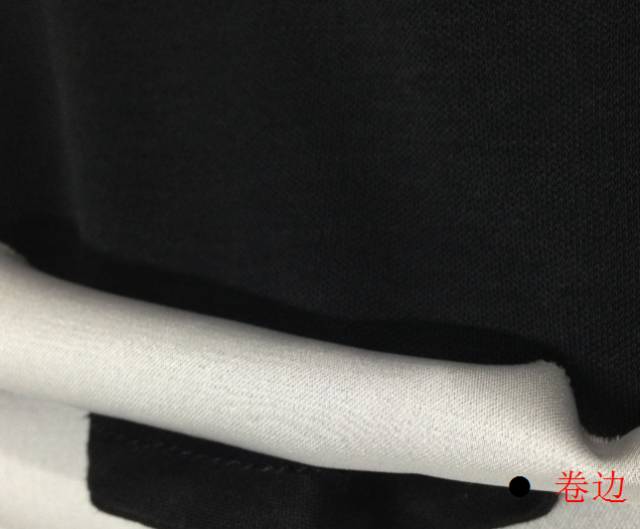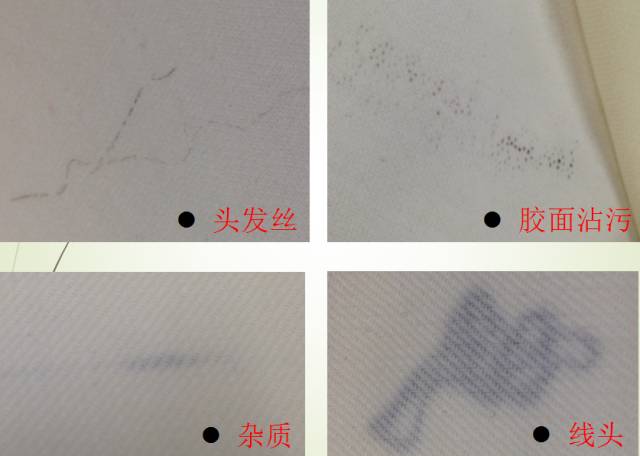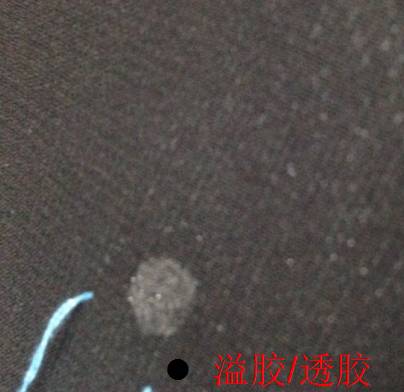Factors affecting the breathability and moisture permeability of composite fabrics
Composite fabricsThe breathability and moisture permeability of fabrics can be expressed by moisture resistance. There is a water vapor concentration difference on both sides of the fabric ( (or water vapor partial pressure difference), the resistance of moisture passing through the fabric is called fabric moisture resistance.
Expressed by the following formula:
R=C/q
R—-fabric moisture resistance;
q– —-Air and moisture permeability speed (wet flow rate), kg/m2.s;
c—-Water vapor concentration difference, kg/m3.
Stable diffusion state Below, the greater the moisture resistance, the smaller the moisture permeability or moisture permeability speed.
1. Fiber temperature and humidity conditions
Under the same conditions of the fabric structure (including the volume proportion of the fabric in the fiber), the fiber type has almost no effect on the fabric resistance of the fabric. . Hollis’ comparative experiments on hydrophilic-treated polyester fabrics and untreated polyester fabrics also showed that under low-humidity conditions, the transmission of water vapor is not significantly related to the type of fibers in the fabric. Only under commercial temperature conditions, the moisture permeability of polyester fabrics treated with hydrophilicity is significantly better than that of polyester fabrics without hydrophilic treatment.

In fact, under low humidity conditions, the fiber itself absorbs less moisture and the diffusion of air The coefficient is much larger than that of fibers. Water vapor diffuses to the side with lower water vapor pressure through the pores between fabrics, indicating that the transmission of water vapor in fabrics has little to do with fiber types. At this time, the thickness and porosity of the fabric or the fabric structure are the main factors that determine the moisture permeability of the fabric.
On the other hand, the moisture absorption of fiberboard is also related to temperature. During the process of soaking, the fibers must release a certain amount of heat after absorbing moisture, causing the temperature of the fiber aggregate to increase. The partial pressure of water vapor inside the fiber increases, which reduces the gradient of moisture concentration between the inside of the fiber and the outside, making the fiber The moisture absorption rate and diffusion moisture vapor transmission rate are slowed down. The diffusion coefficient of fiber will increase exponentially with the increase of temperature. This increase is more obvious when absorbing moisture. Therefore, the increase of temperature and humidity will enhance the moisture transmission ability of the fiber in the fabric.
Judging from the speed of moisture absorption or release, it generally starts quickly, then gradually slows down as moisture absorption or release increases, and finally reaches a moisture absorption balance. However, the time required to reach equilibrium is related to the moisture absorption capacity of the fiber itself and the tightness of the fiber aggregate. In addition, the thermal conductivity of the fiber will increase after moisture absorption. The moisture permeability caused by the moisture absorption of the fiber itself is very complex, and there is currently no perfect theory to describe it quantitatively.
2. Fabric thickness and coverage coefficient
The thickness of fabric is similar to its moisture resistance. Generally, the thicker the fabric, the greater the moisture resistance of the fabric. This is because the thicker the fabric, the longer the path water vapor takes through the pores between the fabric. In addition, experiments show that changes in fabric porosity have a significant impact on fabric moisture resistance.

3. Fiber type and filling rate
In high humidity or When the fabric structure is tight, water vapor is no longer transmitted only through the pores in the fabric but by the fibers themselves. At this time, the type of fiber becomes an important factor affecting the fabric transmission. On the one hand, the fiber itself absorbs moisture and swells, making the fabric tighter, weakening the air permeability of the fabric, and reducing moisture transfer through pore diffusion; on the other hand, compared with the cross-sectional area of the fabric, the surface area of the fiberboard is of a considerable order of magnitude. When the moisture absorption capacity of the fiber is large, the diffusion of moisture through the fiber surface, that is, the wicking effect produced by the capillary tubes, is strengthened and becomes the main aspect of fabric moisture transmission. The reduction of fabric porosity causing the reduction of diffusion moisture permeability becomes a secondary contradiction. Therefore, as long as the fiber moisture regain in the fabric reaches a certain level, although the reduction of pores reduces the amount of moisture transfer from the air medium in the fabric, the moisture resistance of the fiber itself will increase substantially for several days, and the moisture resistance may still decrease.
Whether it is the moisture transfer by the fiber itself or the wicking moisture transfer generated by the capillary, it is closely related to the hydrophilicity of the fiber and the surface properties of the fiber. The test results show that under the same tightness conditions, the relationship between the moisture resistance of different types of fibers and the tightness of the fabric. Obviously, under the condition of low tightness, there is little difference in the moisture resistance of various fiber fabrics. When the density factor reaches 0.4 or higher than 0.4, the fiber surface is not smooth, the fiber cross-section is irregular, and the fibers with good hygroscopicity, such as For cotton and wool, as the fiber aggregate filling rate increases, the fabric moisture resistance increases slightly, and the linear relationship between the fabric moisture resistance and the filling rate is good. However, for chemical fibers such as nylon, chlorine, and glass fiber, when the filling rate is large (small porosity, large capacity), such as the filling rate is greater than 39% or the porosity is less than 61%, and the fabric bulk density is greater than 0.98 The moisture resistance of g/cm3 (for glass fiber fabric) will rise sharply with the increase of bulk density and filling rate (or decrease of porosity). The moisture resistance of fiber fabrics such as cotton and wool with good hygroscopicity is significantly lower than that of non-hygroscopic fiber fabrics. In other words, the impact of fiber hydrophilicity on fabric moisture transfer is determined by the tightness of the fabric.
Therefore, for fabrics with a loose structure and high porosity, when the relative humidity of the air is low, regardless of the fiberWhether it is hygroscopic or not, moisture permeability is mainly due to diffusion through the gaps between fibers and yarns; it is affected to a small extent by the fiber type. When the relative humidity of the air is high, the fiber with good hygroscopicity will not be woven. In tight fabrics, after the fibers absorb moisture and expand, the gaps between fibers are reduced, the proportion of diffusion moisture permeability is reduced, and the proportion of capillary moisture permeability in the fibers is increased, and capillary moisture permeability becomes the main factor.

4. Fabric finishing
After coating or impregnating fabrics Finishing increases the moisture resistance of the fabric. Because it increases the path of water vapor through the fabric or blocks the gaps in the fabric. However, hydrophilic finishing will increase the moisture permeability of the fabric. Water-repellent finishing generally does not affect the moisture permeability of fabrics.
5. Other factors
Generally, the transmission speed of liquid water in fabrics is greater than the evaporation rate of the liquid surface. There are small gaps and holes on the inside of the fabric, making it easy for it to condense into liquid water and transport it outward. A differential capillary effect is formed, and there are large gaps and holes on the outside, making it easy to meet evaporation conditions and conducive to moisture dissipation. The evaporation capacity of liquid water on the fabric surface is not closely related to the fabric thickness, porosity, etc., but is closely related to the concave and convex shape of the fabric surface, especially the size and depth of the surface pits. In general, the larger the pit opening area, the larger the pit opening area. The larger the radius of curvature, the higher the evaporation efficiency. The details of the pits, wind speed, temperature differences, etc. also have obvious effects.






